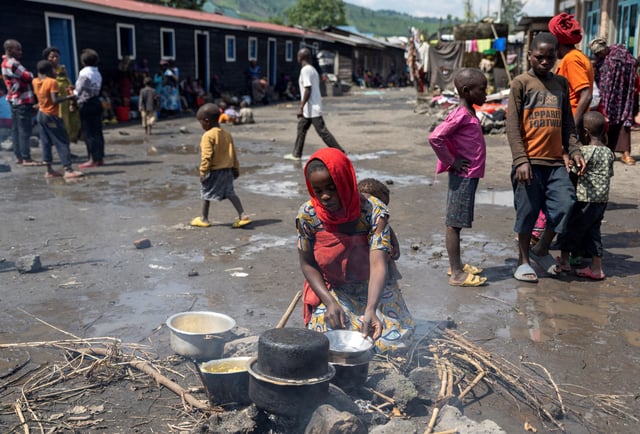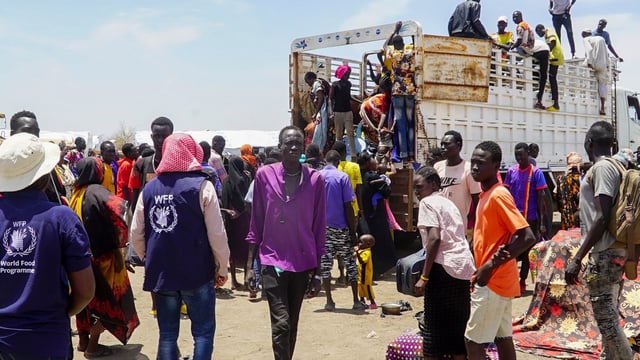Overview
- Sub-Saharan Africa served roughly 87 million children in 2024, nearly one-third higher than in 2022 and about 20 million more students, according to the WFP.
- National programmes are replacing WFP-delivered aid, with Kenya fully running its scheme and expanding coverage from 1.8 million in 2023 to 2.6 million in 2024 as schools adopt innovations like hydroponics.
- Ethiopia, Rwanda, Madagascar and Chad recorded some of the fastest growth, each feeding about six times as many children over the past two years.
- Local sourcing is generating tangible economic gains, including Benin’s government purchases adding over $23 million to the economy in 2024 and Sierra Leone sourcing more than a third of meals from smallholder farmers.
- Significant gaps remain in low-income and conflict-affected countries such as the DRC, Somalia, South Sudan and war-torn Sudan, where services contract or shift to take-home rations as donor funding falls.

